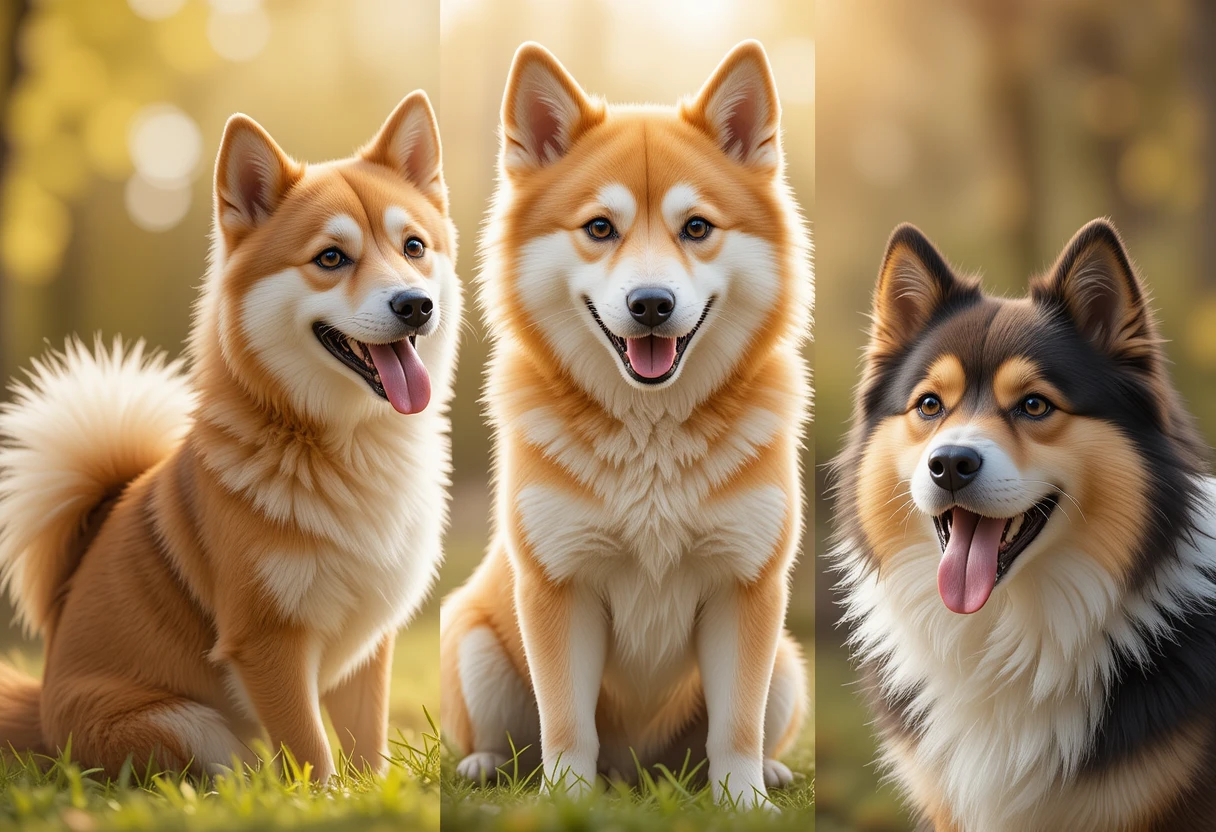Japanese dog breeds represent one of the most fascinating chapters in canine history, combining thousands of years of careful breeding with cultural significance that extends far beyond simple companionship.
From the iconic Shiba Inu’s meme-worthy expressions to the majestic Akita’s legendary loyalty, these remarkable dogs embody the spirit of Japan itself—disciplined, dignified, and deeply devoted.
Whether you’re considering adding a Japanese breed to your family or simply curious about these extraordinary dogs, this comprehensive guide will take you through everything you need to know about Japan’s most treasured canine companions.
Understanding Japanese Dog Breeds: More Than Just Pets
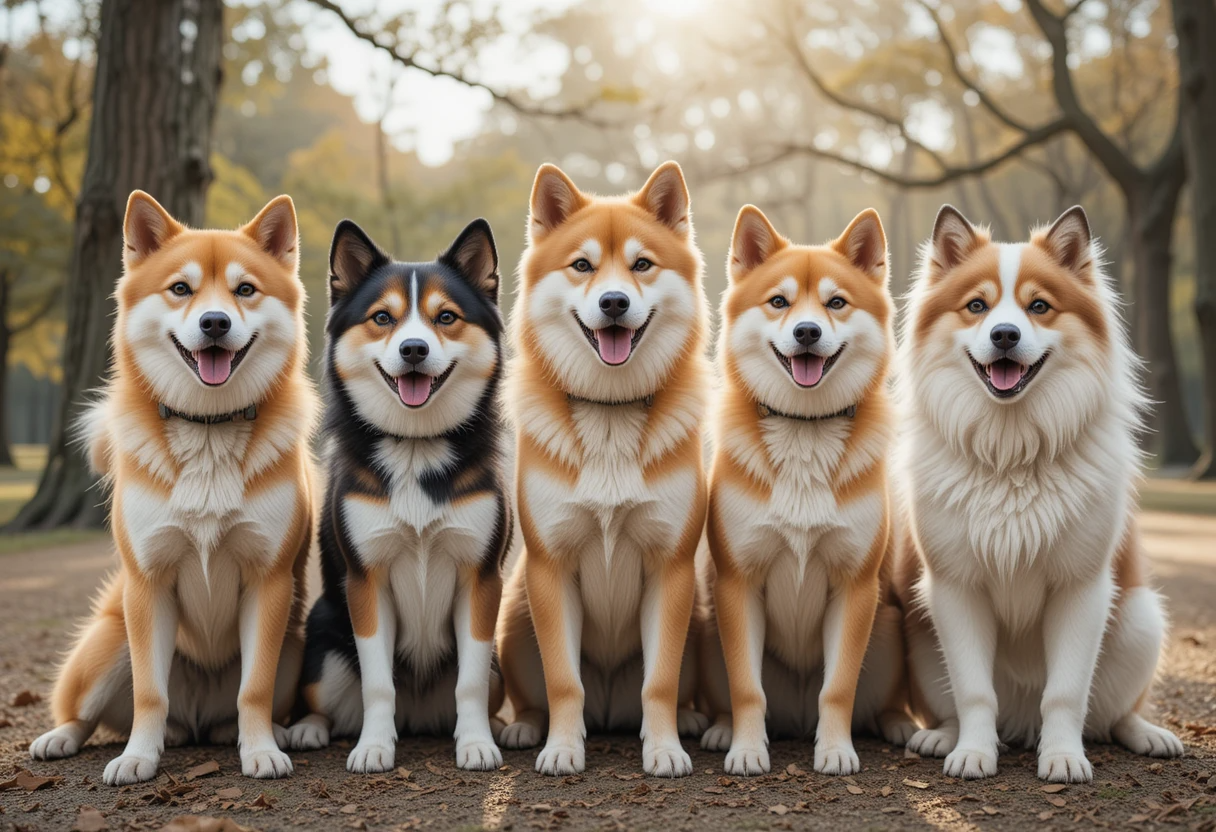
Japanese dog breeds aren’t just pets—they’re living cultural artifacts. The Nihon Ken Hozonkai (The Association for the Preservation of the Japanese Dog) recognizes six native breeds as “natural monuments,” a designation typically reserved for important cultural and historical sites. This unique status reflects the deep connection between these dogs and Japanese heritage.
The Spitz Connection
Most native Japanese dog breeds belong to the spitz family, characterized by:
- Curled tails that arch over the back
- Double coats for insulation against harsh climates
- Pointed ears and wedge-shaped faces
- Compact, sturdy builds ideal for mountain terrain
These traits developed over millennia as dogs adapted to Japan’s varied landscapes, from snowy northern mountains to temperate southern islands.
Cultural Significance Beyond Borders
The cultural impact of Japanese dog breeds extends globally. Consider Hachikō, the Akita who waited nine years at Shibuya Station for his deceased owner’s return. This story of unwavering loyalty has inspired books, movies, and statues worldwide, symbolizing the profound bond between Japanese dogs and their human families.
The Six Sacred Japanese Dog Breeds (Nihon-Ken)
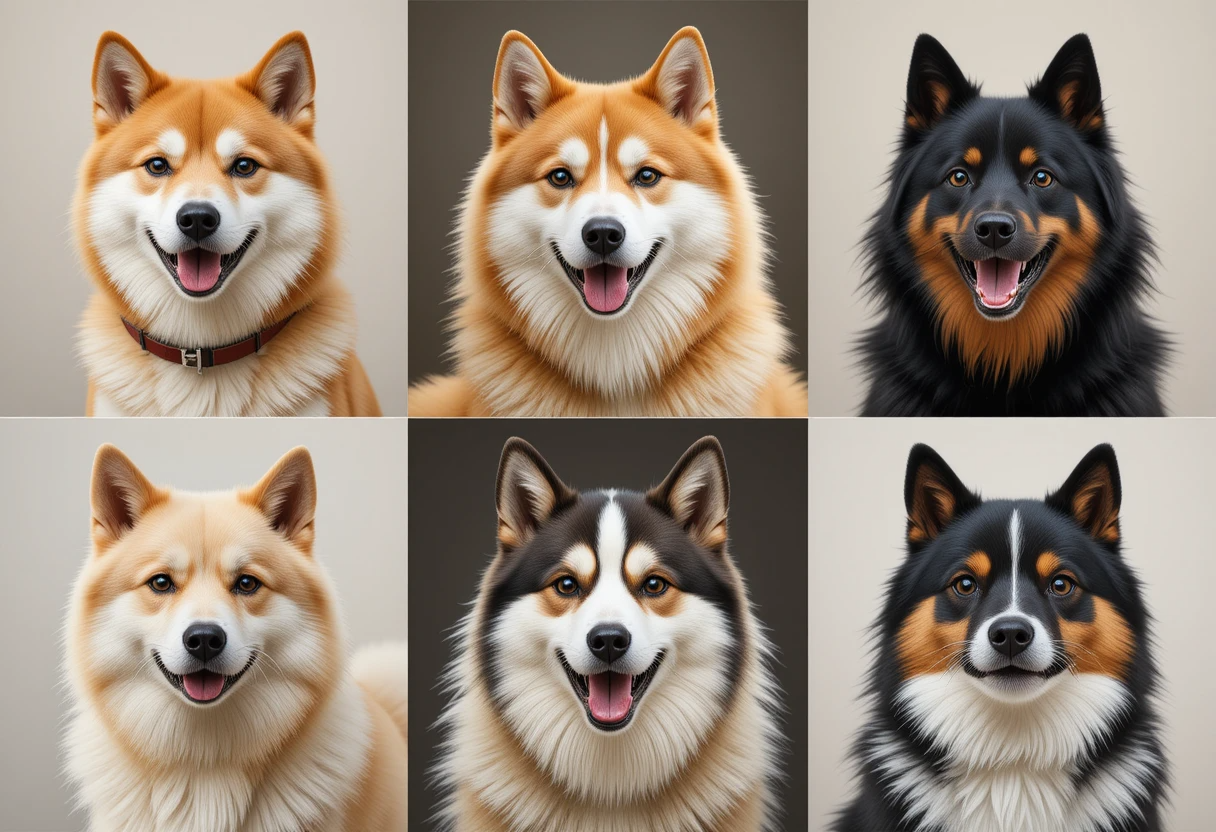
1. Shiba Inu: The Internet’s Favorite Japanese Dog Breed
The Shiba Inu has captured hearts worldwide, becoming synonymous with Japanese dog breeds in popular culture. Weighing 17-23 pounds, these compact companions pack enormous personality into a small frame.
Key Characteristics:
- Origin: Brushwood hunting in central Japan
- Temperament: Independent, alert, and spirited
- Lifespan: 13-16 years
- Grooming: Moderate; seasonal shedding requires attention
The name “Shiba Inu” translates to “brushwood dog,” reflecting their historical role flushing game from dense undergrowth. Today’s Shiba Inus retain this hunting instinct, making them excellent escape artists who require secure fencing.
Training Tips for Shiba Inus: Shiba Inus are notoriously independent thinkers. Success requires:
- Early socialization (critical between 3-14 weeks)
- Positive reinforcement techniques
- Consistent, patient training approaches
- Understanding their “Shiba scream” when distressed
2. Akita: The Noble Guardian of Japanese Dog Breeds
Originally bred for hunting wild boar and bears, Akitas represent the largest of the Japanese dog breeds. These magnificent dogs typically weigh 70-130 pounds and embody the samurai spirit of their homeland.
Historical Significance: In 1931, the Akita became Japan’s first breed designated as a natural monument. Helen Keller received the first Akitas imported to America in 1937, praising their “gentle nature and unwavering loyalty.”
Modern Akita Ownership:
- Exercise needs: 2+ hours daily
- Space requirements: Large, secure yard preferred
- Training difficulty: Moderate to high; requires experienced handling
- Socialization: Critical for preventing territorial behavior
3. Hokkaido: The Ancient Survivor
Dating back to the 1140s, the Hokkaido represents one of the oldest Japanese dog breeds. Originally brought to Hokkaido island by the Ainu people, these medium-sized dogs (around 50 pounds) excel in harsh climates.
Unique Traits:
- Exceptional cold tolerance
- Strong prey drive for large game
- Alert and intelligent demeanor
- Rare outside Japan
4. Kai Ken: The Tiger Dog of the Mountains
Perhaps the rarest of all Japanese dog breeds, the Kai Ken wasn’t discovered until 1929. Their distinctive brindle coat patterns earned them the nickname “Tiger Dog.”
Distinguishing Features:
- Coat patterns: Aka-tora (red), Chu-tora (medium), Kuro-tora (black)
- Size: 25-55 pounds
- Abilities: Tree climbing and excellent swimming
- Temperament: Devoted, intelligent, high prey drive
The Kai Ken’s rarity makes them challenging to find even in Japan, with most outside Japan descended from dogs brought by American military personnel in the 1950s.
5. Kishu Ken: The Silent Hunter
Named after the ancient Kishu region (modern-day Wakayama and Mie prefectures), these medium-sized hunters are known for their quiet, methodical approach to tracking game.
Breed Characteristics:
- Weight: 30-60 pounds
- Coat: Typically white, sometimes red or sesame
- Temperament: Reserved, loyal, protective
- Training: Requires experienced handling due to strong prey drive
6. Shikoku: The Balanced Mountain Dog
Hailing from Shikoku island, these dogs bridge the size gap between Shiba Inus and Akitas. Their wolf-like appearance and athletic build make them excellent companions for active families.
Physical Traits:
- Weight: 35-55 pounds
- Appearance: Often compared to Siberian Huskies
- Energy level: High; requires substantial exercise
- Temperament: Calm indoors, energetic outdoors
Learn more about how to improve your dog’s gut health naturally with home remedies.
Modern Japanese Dog Breeds: Beyond the Sacred Six
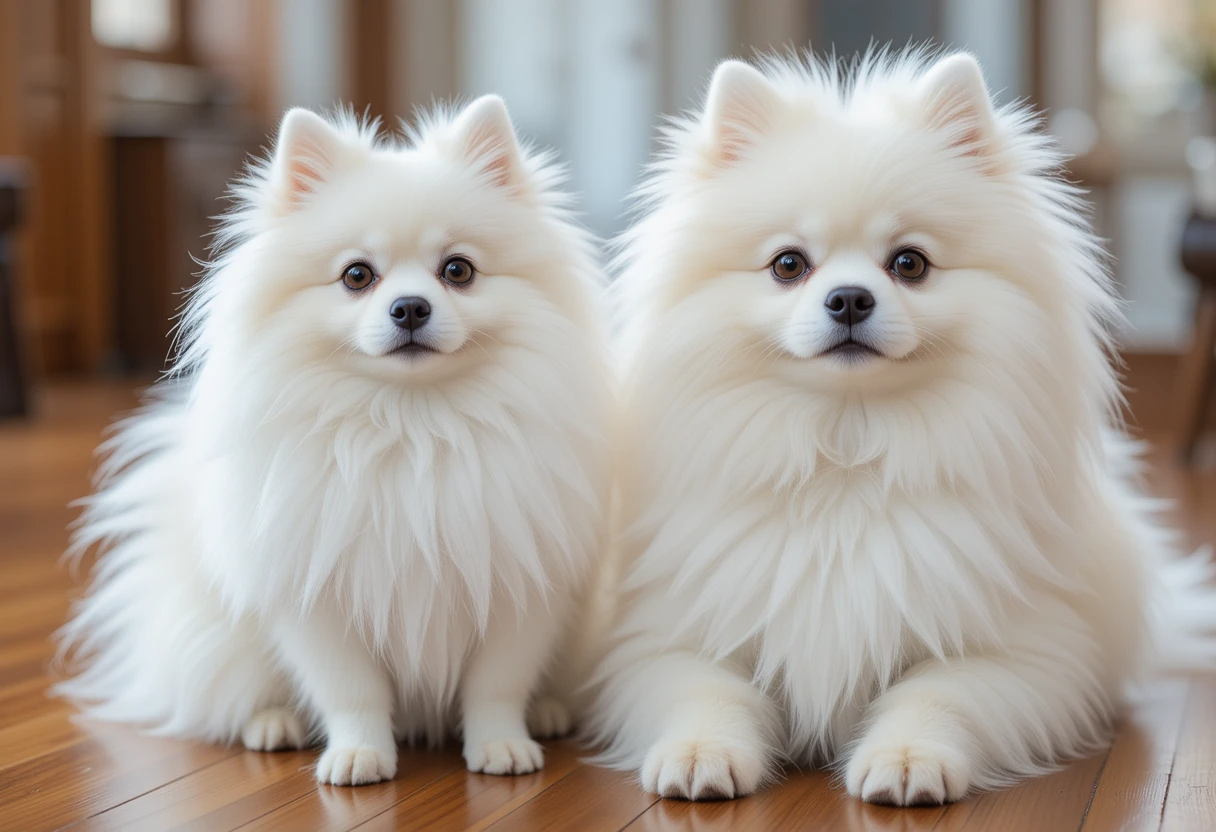
While the six Nihon-Ken breeds represent ancient Japanese lineage, several other breeds developed in Japan or hold special significance:
Japanese Spitz: The Fluffy Companion
Developed between the 1920s-1930s through careful crossbreeding, the Japanese Spitz resembles a miniature American Eskimo Dog.
Breed Profile:
- Weight: 11-20 pounds
- Coat: Pure white, fluffy double coat
- Temperament: Playful, loyal, intelligent
- Family suitability: Excellent with children
Japanese Chin: The Noble Lap Dog
Despite the name, Japanese Chins likely originated in China before becoming beloved by Japanese nobility. These toy breeds served as companions to the imperial family.
Characteristics:
- Weight: 7-9 pounds
- Appearance: Flat face, large eyes, silky coat
- Temperament: Graceful, affectionate, dignified
- Care needs: Minimal exercise, regular grooming
Japanese Terrier: The Rare Ratter
Created in the 17th century through Dutch trader influence, these small terriers combine native Japanese breeds with Fox Terriers.
Breed Details:
- Weight: 5-10 pounds
- Height: 8-13 inches
- Purpose: Originally rat hunting, now companionship
- Rarity: Extremely rare, even in Japan
To learn more about your dog’s behavior and why they might follow you everywhere, check out our detailed guide on Why Does My Dog Follow Me Everywhere? Understanding Your Canine Shadow.
Choosing the Right Japanese Dog Breed for Your Lifestyle
Selecting from Japanese dog breeds requires honest assessment of your lifestyle, experience, and commitment level.
For First-Time Owners
Best choices: Japanese Spitz, Japanese Chin Why: Easier training, moderate exercise needs, gentler temperaments
For Experienced Dog Owners
Best choices: Shiba Inu, Kai Ken, Kishu Ken Why: Independent nature requires confident handling and consistent training
For Active Families
Best choices: Shikoku, Hokkaido, young Akita Why: High energy levels match active lifestyles
For Apartment Living
Best choices: Japanese Chin, Japanese Spitz, well-exercised Shiba Inu Why: Smaller size, lower exercise requirements
If you’re struggling with pests invading your furry friend’s meals, check out our helpful guide on how to keep ants out of pet food naturally and easily for simple, safe tips to protect your pet’s food.
Training and Care Tips for Japanese Dog Breeds
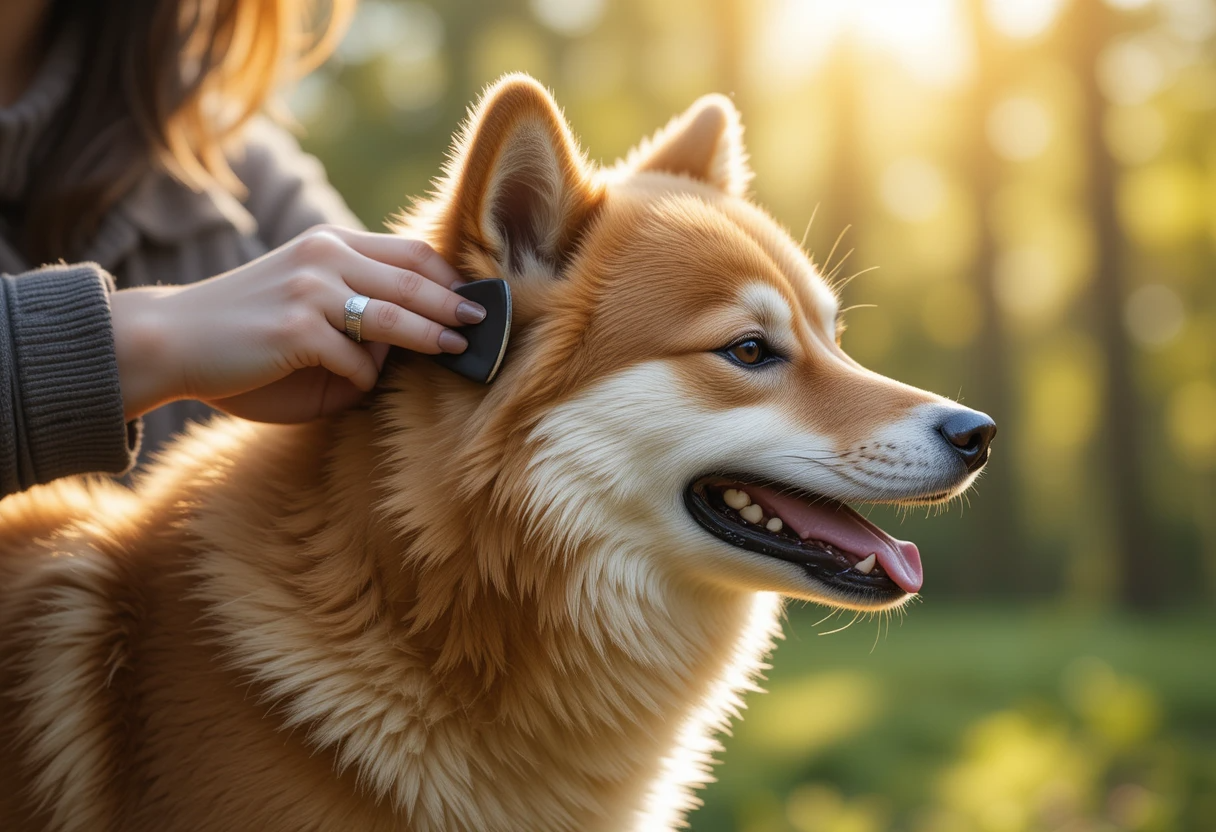
Universal Training Principles
1. Start Early Japanese dog breeds benefit from puppy classes beginning at 8-10 weeks. Early socialization prevents later behavioral issues.
2. Respect Independence Most Japanese breeds think independently. Work with their nature rather than against it.
3. Use Positive Reinforcement Harsh training methods backfire with sensitive Japanese breeds. Focus on rewards and consistency.
Breed-Specific Considerations
Shiba Inus: Require patience and creativity. Their famous “Shiba scream” isn’t aggression—it’s dramatic protest.
Akitas: Need firm, consistent leadership without harsh methods. Their protective instincts require careful channeling.
Primitive Breeds (Kai Ken, Kishu Ken): High prey drive means secure fencing and leash discipline are non-negotiable.
Grooming Requirements
Japanese dog breeds typically feature double coats requiring:
- Daily brushing during shedding seasons (spring and fall)
- Weekly brushing during maintenance periods
- Professional grooming every 6-8 weeks
- Regular nail trimming and dental care
Health Considerations for Japanese Dog Breeds
Common Health Issues
Hip Dysplasia: Particularly common in larger breeds like Akitas Eye Problems: Progressive retinal atrophy affects several Japanese breeds Allergies: Environmental and food sensitivities require attention Hypothyroidism: Regular screening recommended for most breeds
Preventive Care
- Annual health screenings with veterinarians familiar with Japanese breeds
- Genetic testing before breeding
- Appropriate exercise to maintain joint health
- Quality nutrition suited to spitz-type metabolism
Check out our Homemade Frozen Dog Treats Recipes Vet Approved & Easy to Make for delicious and healthy snacks your dog will love!
Finding and Adopting Japanese Dog Breeds
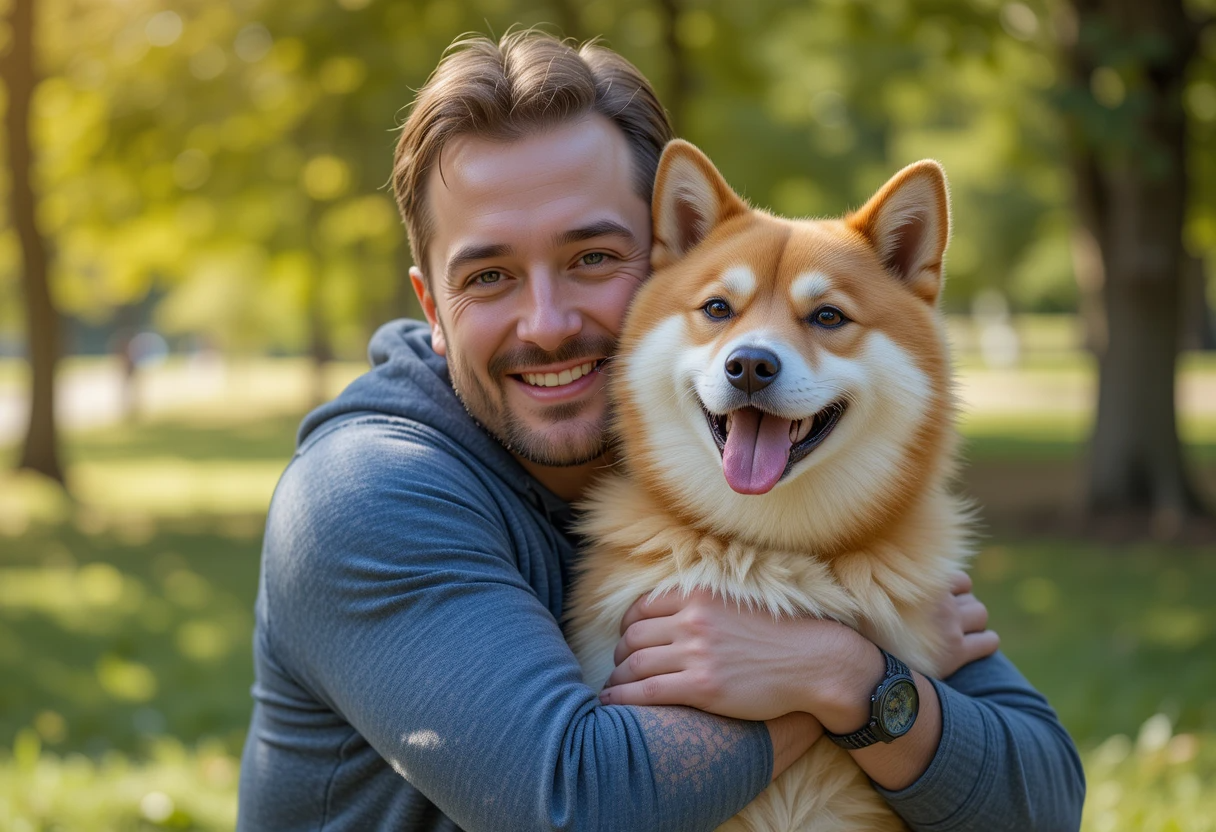
Reputable Sources
American Kennel Club Breeders: AKC Marketplace provides breeder directories Breed-Specific Rescues: Organizations dedicated to specific Japanese breeds Japanese Breed Clubs: Regional clubs often maintain breeder referral services
Red Flags to Avoid
- Puppy mills or pet stores
- Breeders unwilling to show health clearances
- Multiple litters available simultaneously
- Pressure to purchase immediately
International Considerations
Some rare Japanese dog breeds may require:
- International shipping from Japanese breeders
- Import permits and health certifications
- Quarantine periods depending on location
- Significantly higher costs ($3,000-$8,000+)
The Future of Japanese Dog Breeds
Conservation Efforts
Organizations like the Nihon Ken Hozonkai work tirelessly to preserve breed integrity. Their efforts include:
- Strict breeding standards to maintain genetic diversity
- International breeding programs to expand gene pools
- Educational initiatives about proper care and training
- Documentation of bloodlines and health records
Modern Challenges
Japanese dog breeds face several contemporary challenges:
- Popularity surges leading to irresponsible breeding
- Genetic bottlenecks in rare breeds
- Lifestyle changes affecting traditional breeding practices
- Climate change impacting traditional habitats
FAQs
Many Japanese dog breeds make excellent family companions when properly matched to lifestyle. Japanese Spitz and well-socialized Shiba Inus typically do well with children, while larger breeds like Akitas require experienced handling and proper socialization. The key is choosing a breed that matches your family’s activity level and experience with dogs. Are Japanese dog breeds good for families?
What is the most popular Japanese dog breed?
The Shiba Inu is currently the most popular Japanese dog breed worldwide, representing about 80% of the native Japanese dog population. Their popularity exploded due to internet memes and their appealing fox-like appearance, though potential owners should research their independent nature and specific care requirements.
How much do Japanese dog breeds cost?
Japanese dog breed prices vary significantly by rarity and location. Common breeds like Shiba Inus typically cost $1,500-$3,500, while rare breeds like Kai Ken can cost $3,000-$8,000 or more. Additional costs include health testing, shipping (for rare breeds), and ongoing care expenses.
Are Japanese dog breeds hypoallergenic?
No Japanese dog breeds are truly hypoallergenic. All native Japanese breeds have double coats that shed significantly, particularly during seasonal changes. Japanese Chins, with their silky single coats, may produce fewer allergens but still aren’t suitable for people with severe allergies.
What makes Japanese dog breeds different from other dogs?
Japanese dog breeds are distinguished by their spitz heritage, independent temperaments, and cultural significance. Most share common traits including curled tails, double coats, and self-reliant personalities developed through centuries of working alongside humans in Japan’s challenging terrain. Their preservation as “natural monuments” reflects their unique cultural and historical importance.
Check out our detailed guide on 14 Cutest Fluffy Dog Breeds That Will Melt Your Heart to discover more adorable pups you’ll love!
Conclusion
Japanese dog breeds offer more than companionship—they provide a connection to thousands of years of cultural heritage and careful breeding. Whether you’re drawn to the spirited independence of a Shiba Inu, the noble presence of an Akita, or the rare beauty of a Kai Ken, these remarkable dogs reward dedicated owners with unwavering loyalty and unique personalities.
Success with Japanese dog breeds requires understanding their independent nature, respecting their heritage, and committing to proper socialization and training. These aren’t casual pets but partners who demand and deserve thoughtful care.
As global interest in Japanese dog breeds continues growing, supporting responsible breeding practices and education becomes crucial for preserving these living treasures for future generations. By choosing reputable breeders, investing in proper training, and honoring these breeds’ unique characteristics, we help ensure that the legacy of Japanese dog breeds continues to enrich lives worldwide.
The journey with a Japanese dog breed isn’t always easy, but for those willing to embrace their independent spirit and cultural significance, these remarkable dogs offer companionship unlike any other. They don’t just share our homes—they share our hearts, embodying the timeless Japanese values of loyalty, dignity, and quiet strength.
If your puppy is constantly whining in the crate after you leave, check out our detailed guide on Why Is Your Puppy Whining in Crate Nonstop After You Leave to understand the reasons and how to help them feel comfortable.
